For the Love of Pearls
They shimmer and glow with an inner radiance that catches our eye and our imagination, making us ponder their origin and their beauty. Holding one in one's hand is akin to having the moon resting in your palm with all its secrets waiting to be revealed. Long before the creation of cultured pearls, natural pearls were so rare and expensive that they were exclusively reserved for the noble and very rich. Evidence of pearls being a treasured item has been depicted in mosaic panels, paintings and in the myths and legends that abound with their discovery.
No matter the origin, the reverence for pearls spread across continents and their existence dates back as far as man has recorded his history and events. If one has a love of pearls, it is well worth the time to research and learn about the history and myths surrounding this organic gemstone and its impact on history.
When one thinks of pearls, it is automatic to envision oysters as the source for pearls. However, pearls may come from a variety of sources besides oysters, such as mussels and conchs; plus for naturally created pearls, their environments may be either salt or fresh water. The use of the classification of freshwater or saltwater pearls is now applied to cultured pearls as well, and the opportunity to actually hold or own a true "natural" pearl is rare because the cultured pearl is now dominant in the market place.
What is the difference between a natural and a cultured pearl? They both form under similar conditions with the only true distinction being that man has stepped in and "jump started" the process by systematically introducing an irritant into the mollusk, thus stimulating the mollusk to begin creating a pearl.
Once introduced to the oyster or mussel, the process of coating around the intruder begins with the secretion of nacre (NAY-kur) from special cells that exist in the mantle of the oyster or mussel. Japan was the mainstay of cultured pearls for many decades, but China has since eclipsed Japan and is now regarded as one of the world's largest producers of both saltwater and freshwater pearls. Not to be ignored are the South Sea and Tahitian pearls which also play a major role in the pearl market because of their size and exciting range of colors.
When one thinks of pearls, it is automatic to envision oysters as the source for pearls. However, pearls may come from a variety of sources besides oysters, such as mussels and conchs; plus for naturally created pearls, their environments may be either salt or fresh water. The use of the classification of freshwater or saltwater pearls is now applied to cultured pearls as well, and the opportunity to actually hold or own a true "natural" pearl is rare because the cultured pearl is now dominant in the market place.
What is the difference between a natural and a cultured pearl? They both form under similar conditions with the only true distinction being that man has stepped in and "jump started" the process by systematically introducing an irritant into the mollusk, thus stimulating the mollusk to begin creating a pearl.
Once introduced to the oyster or mussel, the process of coating around the intruder begins with the secretion of nacre (NAY-kur) from special cells that exist in the mantle of the oyster or mussel. Japan was the mainstay of cultured pearls for many decades, but China has since eclipsed Japan and is now regarded as one of the world's largest producers of both saltwater and freshwater pearls. Not to be ignored are the South Sea and Tahitian pearls which also play a major role in the pearl market because of their size and exciting range of colors.

Types of Pearls

Pearl Care
Because pearls are considered an "organic" gemstone, they do require more care than a gemstone such as a diamond would.
Pearls should be protected both during wearing them and while storing them. They are susceptible to reacting with the acids and oils in our skin, the perfume we may wear, as well as the makeup we may use. Because of this it is an adopted rule that your pearls are the last thing you don and the first thing you remove, to avoid exposure to substances that could damage their lustre.
After wearing, take the time to clean your pearls with a soft cloth that has been dampened in clean cool water, followed by rubbing with a dry cloth. The use of distilled water is advised because there is a lack of mineral substances which can deposit on the surface of pearls and weaken the pearl luster. When not worn for extended periods, at regular intervals the pearls should be wiped with a soft cloth dampened in clean cool water and carefully rubbed dry. You can use a soft bristled toothbrush to remove stubborn grime from the surface of the pearls as long as you use care and don't scrub too hard.
Store your pearls in jewelry pouches, cloth bags, or a jewelry box. Keep items separated to avoid scratching. Pearls contain 2-4% water. Store them in a cool place and if possible, adding a small damp piece of linen in the bag with them will help them maintain their moisture level to help prevent them from drying out, cracking and turning brittle. Never store pearls in a plastic bag or plastic container as the plastic could very well contain chemicals that could react badly with the pearls causing the surface of the pearl to deteriorate.
Fading can occur in pearls when exposed to strong lights for extended time periods, such as strong natural and artificial light, or to strong lighting in a display case. Avoid leaving pearls laying out on a dresser or table exposed to such lighting for any length of time.
Pearls should be protected both during wearing them and while storing them. They are susceptible to reacting with the acids and oils in our skin, the perfume we may wear, as well as the makeup we may use. Because of this it is an adopted rule that your pearls are the last thing you don and the first thing you remove, to avoid exposure to substances that could damage their lustre.
After wearing, take the time to clean your pearls with a soft cloth that has been dampened in clean cool water, followed by rubbing with a dry cloth. The use of distilled water is advised because there is a lack of mineral substances which can deposit on the surface of pearls and weaken the pearl luster. When not worn for extended periods, at regular intervals the pearls should be wiped with a soft cloth dampened in clean cool water and carefully rubbed dry. You can use a soft bristled toothbrush to remove stubborn grime from the surface of the pearls as long as you use care and don't scrub too hard.
Store your pearls in jewelry pouches, cloth bags, or a jewelry box. Keep items separated to avoid scratching. Pearls contain 2-4% water. Store them in a cool place and if possible, adding a small damp piece of linen in the bag with them will help them maintain their moisture level to help prevent them from drying out, cracking and turning brittle. Never store pearls in a plastic bag or plastic container as the plastic could very well contain chemicals that could react badly with the pearls causing the surface of the pearl to deteriorate.
Fading can occur in pearls when exposed to strong lights for extended time periods, such as strong natural and artificial light, or to strong lighting in a display case. Avoid leaving pearls laying out on a dresser or table exposed to such lighting for any length of time.
Materials

6.5-7mm Large Hole (1.2mm) White Potato Fresh Water Pearls - Pack of 20
A8-04
- Lesson Quantity: 1.00 pieces
- Purchase Quantity: 1.00 each
- Price: $20.57
- Gold Club Price: $15.43

6.5-7mm Large Hole (1.2mm) White Rice Fresh Water Pearls - Pack of 20
A8-07
- Lesson Quantity: 1.00 pieces
- Purchase Quantity: 1.00 each
- Price: $18.27
- Gold Club Price: $13.70

8-10mm Large Hole (1.2mm) White Double Shine Fresh Water Pearls - Pack of 20
A8-03
- Lesson Quantity: 1.00 pieces
- Purchase Quantity: 1.00 each
- Price: $18.97
- Gold Club Price: $14.23

Sterling Silver Chain w/ Pearls Silver Grey 8-8.5mm - 5 Feet
C8-195U
- Lesson Quantity: 1.00 pieces
- Purchase Quantity: 1.00 each
- Price: $102.47
- Gold Club Price: $76.85

Blue Mabe Pearl 12 to 14mm - Pack of 1
A8-1214B
- Lesson Quantity: 1.00 pieces
- Purchase Quantity: 1.00 each
- Price: $8.87
- Gold Club Price: $6.65
Tools

Bead Reamers - 2 Piece Set
G16-9
- G16-9
- Lesson Quantity: 1.00 pieces
- Purchase Quantity: 1.00 each
- Price: $10.97
- Gold Club Price: $8.23

Beadalon Knotter Tool
G16-100
- G16-100
- Lesson Quantity: 1.00 pieces
- Purchase Quantity: 1.00 each
- Price: $28.95
- Gold Club Price: $21.71
- Category: General Education
- Technique(s): Design








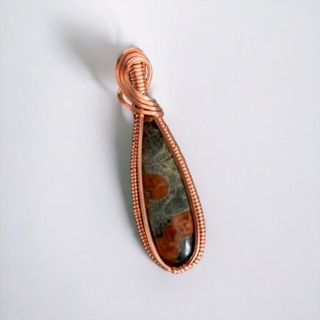
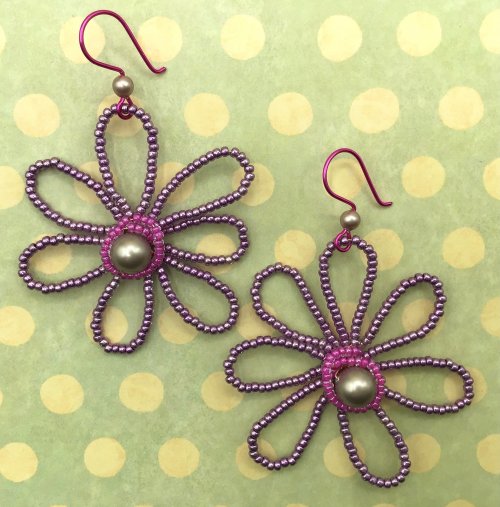
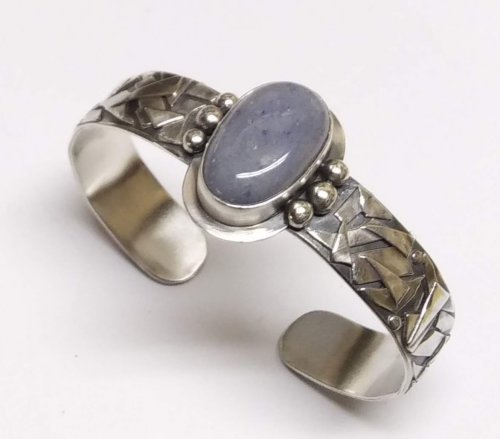

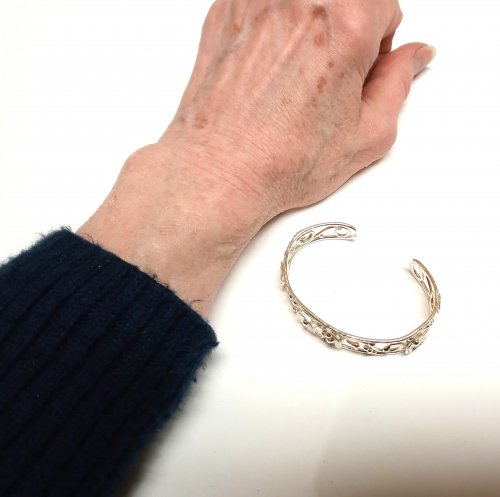
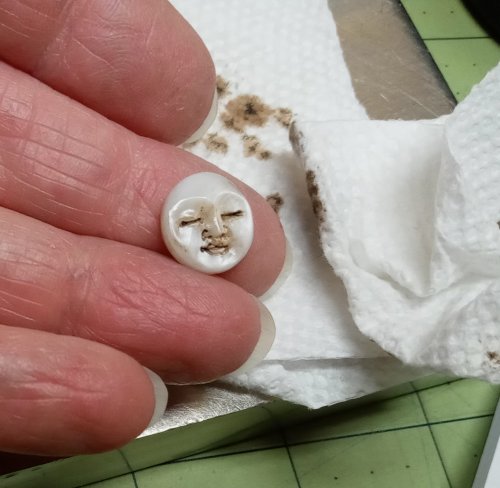
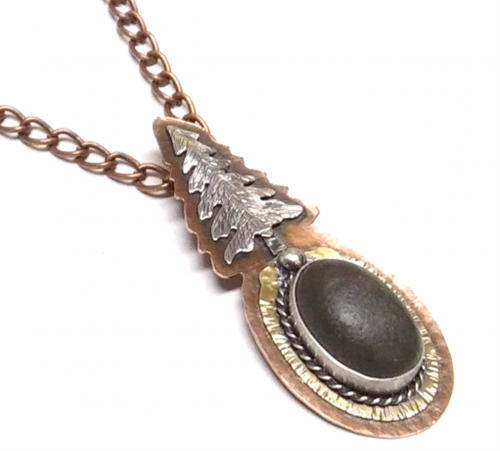
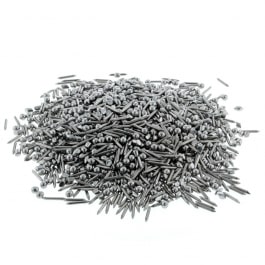

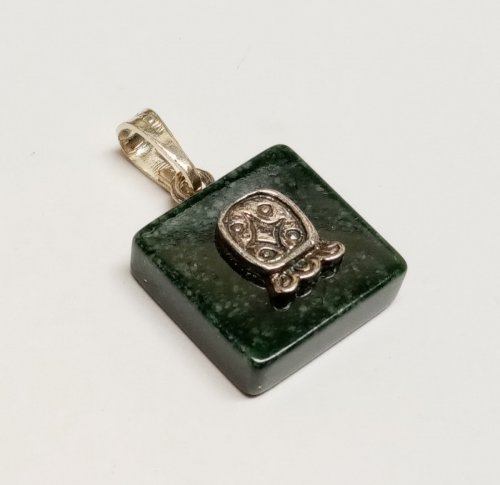
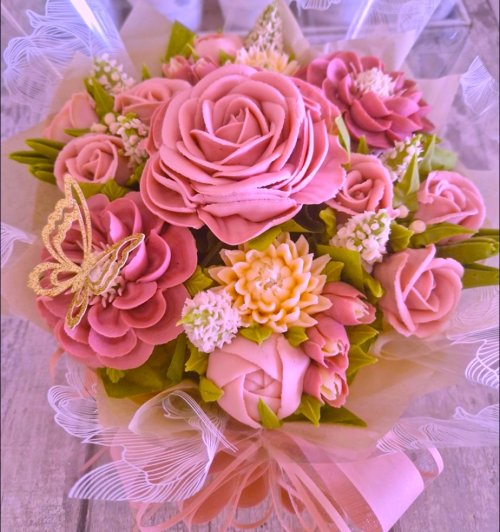




 Tumbling Your Jewelry
Tumbling Your Jewelry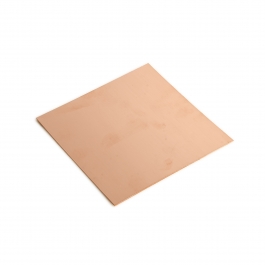 How to Clean Copper and Brass Wire and Sheet Metal
How to Clean Copper and Brass Wire and Sheet Metal
